A Star Studded TIFF at the[fix] Luxury Retreat
Just a few of the stars that stopped by the[fix] luxury retreat
CTV Morning Live - Liza Egbogah Shows Dance Moves That Help With Back Pain
I had the pleasure of joining the team at CTV Morning Live to show them some great moves you can do to help prevent back pain. Watch the full segment here: http://ottawa.ctvnews.ca/video?clipId=1199888
Dance Away Your Back Pain
Learn dance moves that you can do to help prevent and treat back pain. Watch the video to learn some osteopathic techniques that can be used to treat back pain.
Get the instructions and watch the full segment here:
http://www.thesocial.ca/Wellness/Fitness/2017/August/These-dance-moves-can-treat-your-back-pain
Fixing at the 93.5 Throw Back Bash
It was an absolute pleasure to be backstage with Brandy, Ginuwine and Sean Paul at the 93.5 Throwback bash.
Fixing at the ESPYS
Rachel Lindsay - The Bacheloreet
Jorge Blanco
Naughty by Nature
Malik Jackson
Mike Daniels
Seth Curry
Duke Ihenacho
Omar Bolden
Tony Hawk
It was an honour [fix]ing some amazing athletes and special guests before the 2017 ESPY Awards!
Randall Telfer
Carmelita Jeter
Marissa Chykirda
OSTEOPATHY: A TRULY COMPREHENSIVE APPROACH
Osteopathy was founded upon the principles of manual manipulation and rooted in a philosophy that the body should be brought back to health using the least invasive measures first. Osteopathic manual manipulation was designed to improve the flow of air and blood, lymphatic, and other fluids in the body to improve the function of our joints, organs and bran and to maximize self-healing mechanisms.
Osteopathy is a touch-centered treatment that looks at the patient as a whole and aims to determine why the problem is there and treat the conditions that created the problem. Tissues are manipulated in order to help the body return to health.
Osteopathic manipulation is most commonly used to treat musculoskeletal conditions like neck, back, knee and foot pains but can also help with stress, digestive issues and migraines. For example, research has shown that using manipulation to treat elderly patients with pneumonia results in shorter hospital stays and less use of medication. Other studies have suggested a link between manipulation and activity in the endocannabinoid system, the same system affected by the pain-relieving cannabis in marijuana.
The main reason I chose to pursue osteopathy instead of chiropractic is that while chiropractic focuses primarily on spinal manipulation, osteopathy involves head to toe treatment to help the body work more efficiently. Whether someone has a wrist fracture, back pain or a knee injury, osteopaths will treat the entire body to optimize functioning. I have always felt that with the multitude of interconnections in the body, addressing the entire system is the only way to effectively treat.
Osteopathic treatments are conventionally classified into soft tissue techniques, articulation, and mobilization. Soft tissue techniques mechanically stretch the skin, fascia, and muscle tissues to enhance their motion and pliability, either as a specific therapeutic goal or in preparation for other procedures. Articulation consists of repetitive, oscillatory movements engaging a restrictive barrier up to it send point before backing away. Its purpose is to surround inga restricted articulation. Mobilization involves engaging the restrictive barrier of the joint needing treatment, followed by a high velocity and low amplitude thrust through the barrier, which briefly separates the joint surfaces and commonly produces a cavitation sound.
Successful treatment will restore the range of movement, improve symmetry, reduce muscle hypertonicity, and possibly restore normal joint receptor activity. This might improve somatic neural input to the spinal cord and allow reflex activity in facilitated spinal segments to return towards normal.
I have always had a particular fascination for fascia. In over 10 years of practice I have had the most success treating difficult conditions by addressing the fascia.
Myofascial release is one aspect of Osteopathy and the purpose of these therapies and treatments is to alter the mechanical properties of fascia, such as density, stiffness, and viscosity, so that the fascia can more readily adapt to physical stresses. In fact, some osteopathic physicians and manual therapists report local tissue release after the application of a slow manual force to tight fascial areas; these reports have been explained as a breaking of fascial cross-links, a transition from gel to sol state in the extracellular matrix, and other passive viscoelastic changes of fasciae. The fascial osteopathic technique is the application of a low-load, long-duration stretch into the myofascial complex that is intended to restore the optimal length of this complex. The operator places his or her hand on the fascial restriction identified previously by palpation, using different approaches, until the perceived resistance disappears or greatly decreases, inducing or stopping the preferential direction of the tissue. The time required for the technique varies according to the response of the patient. There are reports in the literature that improvement in the sliding of the different fascia layers, via manual manipulation, may decrease pain symptoms and reduce inflammation at the local level.
There are five models that make up osteopathy. The biomechanical model addresses muscles, tendons, ligaments and bones and can improve posture, mobility and function. The circulatory/respiratory model focuses on the thoracic inlet and outlet, the diaphragm and the rib cage and can affect respiration, circulation and lymphatic drainage. The neurological model centers around the brain, spine, autonomic and peripheral nerves to improve control, coordination and integration of the body’s functions and sensation. The behavioral model aims to affect the brain to address issues relation to anxiety, depression, stress, sleep and sexual activity. The last model is the metabolic energy model. The focus with this model is on internal organs, the endocrine system and how the body functions at a cellular level. The can affect the amount of inflammation you have in your body, immunity, reproductive function and digestion. By addressing all 5 models with osteopathic treatment you can effectively restore the body’s natural healing process and treat a wide range of conditions.
Huffington post - Exercises to look 2 inches taller
I shared 3 great exercises with Huffington Post that you can do today to help improve your posture and look taller. Read the full article here: Huffington Post
Afroglobal's Excellence Magazine
I am so honoured to be on the latest issue of Afroglobal's Excellence magazine. Inside I share why I decided to pursue Osteopathy and what went into developing the most comfortable high heel, the dr. Liza pump. Feel free to stop by the[fix] to pick up your complimentary copy!
CHCH Morning Live - High Heel Rules
I joined CHCH morning live to share the high heel shopping rules you need to know to save your body from pain. Visit drLizashoes.com to learn more about the shockingly comfortable dr. Liza pump👠♥️
Watch the video here: http://www.chch.com/shoe-rules/
the[fix] + dr. Liza pump POP UP SHOP
Join us in the concourse atrium of Scotia Plaza [40 King St. W] to try the dr. Liza pump, get complimentary shoulder massages and score some delicious candy!
Cityline - High Heel Shopping Rules To Live By
I joined Cityline to give the shopping rules you need to live by to wear high heels for life. P.S. Wearing the dr. Liza pump [drLizashoes.com] follows all those rules!
Watch the video here
Trail Blazer and Professional Impact Award
So honoured to receive the 'Trail Blazer and Professional Impact Award' this past weekend
24 Hours Toronto - The Six in Toronto
I shared my favourite shoe stores in Toronto with 24 Hours Toronto. For comfortable women's high heels, my number one choice is the dr. Liza pump. You can buy the dr. Liza pump at the[fix] or online at drLizashoes.com. Today only get 50% off your order by using the code '24HOURSTORONTO' at checkout. Please note that with the discount you can only exchange your shoes for another size and refunds will not be given.
Thank you and happy shopping!!!
The Morning Show - High Heel Mistakes
I had a great time at The Morning Show sharing the top mistakes women make when shopping for heels and what makes the dr. Liza pump different. Watch the segment here:
CP24 Breakfast - Avoid These Mistakes When Shopping For High Heels
Dr. Liza shared the mistakes women make when shopping for high heels and some of the features that make the dr. Liza pump comfortable enough to wear for 12 hours! Watch the clip here:
The Social - Stretches For Better Sleep
Get your beauty sleep with these awesome moves!
http://www.thesocial.ca/Wellness/Health/These-stretches-will-help-you-sleep
Deep Relax Breathing
To try this relaxing breathing exercise, you can either sit up crossed-legged or lie down on your right side. Cover the right nostril with your thumb and extend the fingers out. Then take five to 10 deep breathes out of your left nostril.
Benefits
It encourages relaxation by balancing out the left and right sides of your brain and calming the nervous system.
Rock-a-Bye Roll
Lying on your back, hug knees in to chest. Cross your ankles and wrap both arms around your shins with clasped hands. Inhale and rock your body up to sit; exhale as you roll back.
Benefits
This is a very calming pose. Think about rocking a baby to sleep. The rocking motion in itself helps to calm the nervous system to prepare you for a deep sleep.
Happy Baby Pose
Lie on your mat and pull your knees to your chest. Place hands on the outsides of your feet, opening knees wider than your torso. Press feet into hands while pulling down on feet, creating resistance. Breathe deeply, holding for up to 1 minute.
Benefits
Similar to the calming effects of the rock-a-bye-roll exercises, the happy baby calms the brain and helps relieve stress.
Nighttime Goddess Stretch
Lie on your back with knees bent. Place the soles of your feet together, then let your knees fall open, forming a diamond shape with your legs. Use your hands to gently push your knees down towards the ground. If you feel any strain, elevate your legs by placing a pillow underneath each knee.
Benefits
This stretch relaxes your body to promote restful sleep. It also feels really great!
Standing Forward Bend
Stand with feet hip-width apart and with a slight bend in the knees. Slowly bend forward and hold your elbows. Exhale and lengthen down through the crown of your head. To come up, release your arms, root through your feet, and slowly rise.
Benefits
It calms the brain and helps relieve stress and anxiety. In yoga this pose has been traditionally used to treat insomnia.
FLASH SALE on the dr. Liza pump
FLASH SALE! Use the code 'SPRING20' to take 20% off the dr. Liza pump from now until April 7th at midnight. Shipping is free within Canada and the US. Shop at drLizashoes.com or at the[fix]
The Red Carpet Fix #JUNOawards
THE RED CARPET FIX. Learn how the stars are getting ready for the JUNO awards and 2 great stretches you can do to help relieve neck, elbow and hand pain. Watch the segment here:
dr. Liza pump on Daytime York
It was a pleasure to be on Daytime York this morning talking about what to look for when choosing a high heel. Missed today's segment? Here are some things you want to look for:
1. Platform
2. Sturdy heel
3. Rubber grip
4. Orthotic insole
5. Comfortable fit
And all of these great qualities can be found in the dr. Liza pump 👠
Ordering the dr. Liza pump
After 2 years spent designing the perfect high heel, the dr. Liza pump is finally here! The shoes will be available to order online starting March 10, 2017 at drLizashoes.com Sizes range from 6-11 [including half sizes] and can comfortably accommodate a wider foot.
What makes them so comfortable?
ORTHOTIC INSOLE Feature advanced foam cushioning and contoured arch support for all day comfort and long-term wear. The orthotics in the dr. Liza pump are engineered to provide biomechanical support and correction with every step.
EVA PLATFORM The platform is made of shock-absorbing EVA to make every step cushiony and comfortable.
ROCKER SOLE The forefoot platform rocker sole off loads weight at the metatarsal heads [ball of your foot]. This means little pressure at the front of your feet when you are standing or walking.
NON-SKID RUBBER OUTSOLE Provides traction and shock absorption to keep you grounded and balanced with every step.
DEEP HEEL CUP Gives you greater stability by controlling over pronation [when your feet roll in too much]. It also helps to gather the fat at the bottom of your heel to provide additional cushioning.


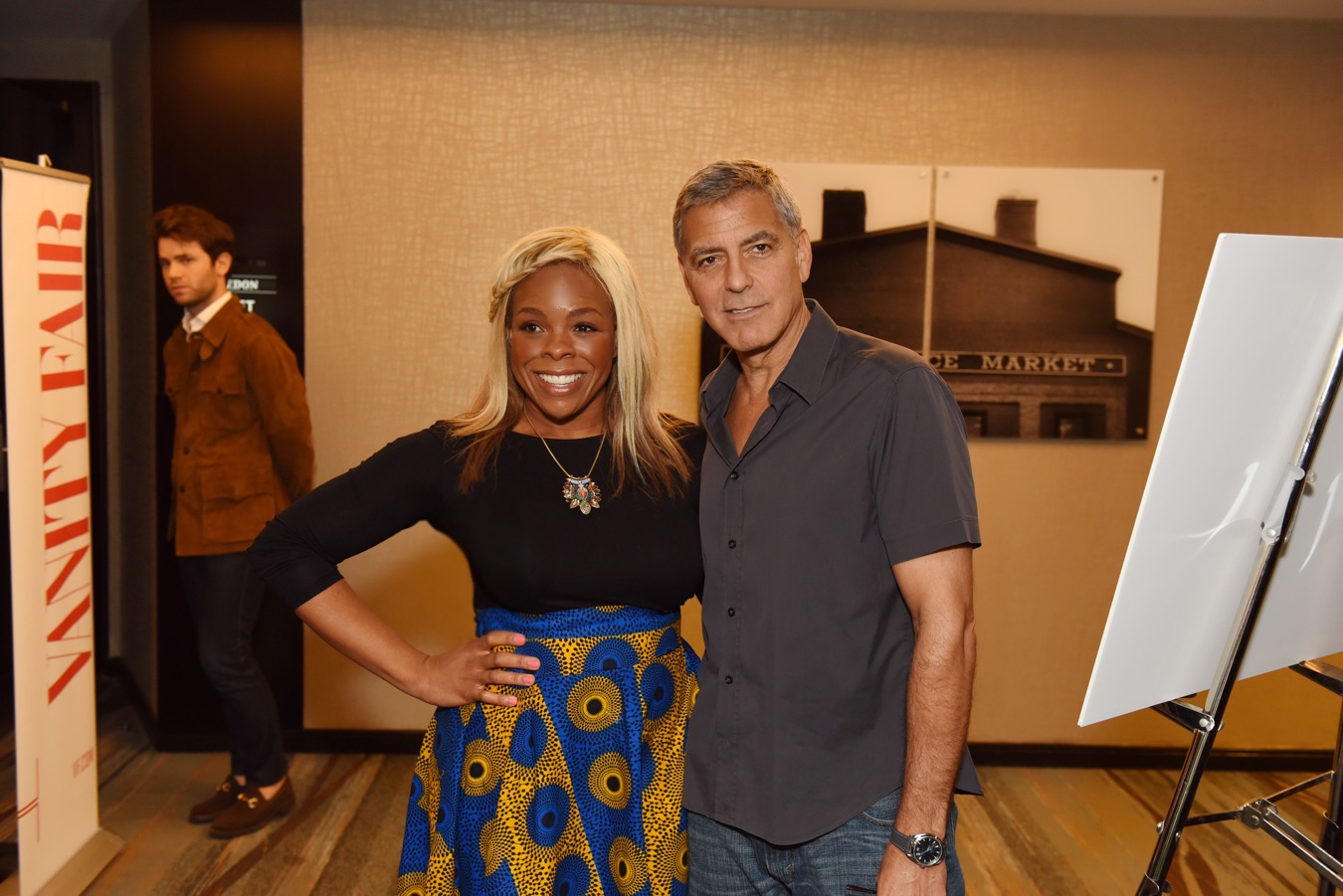

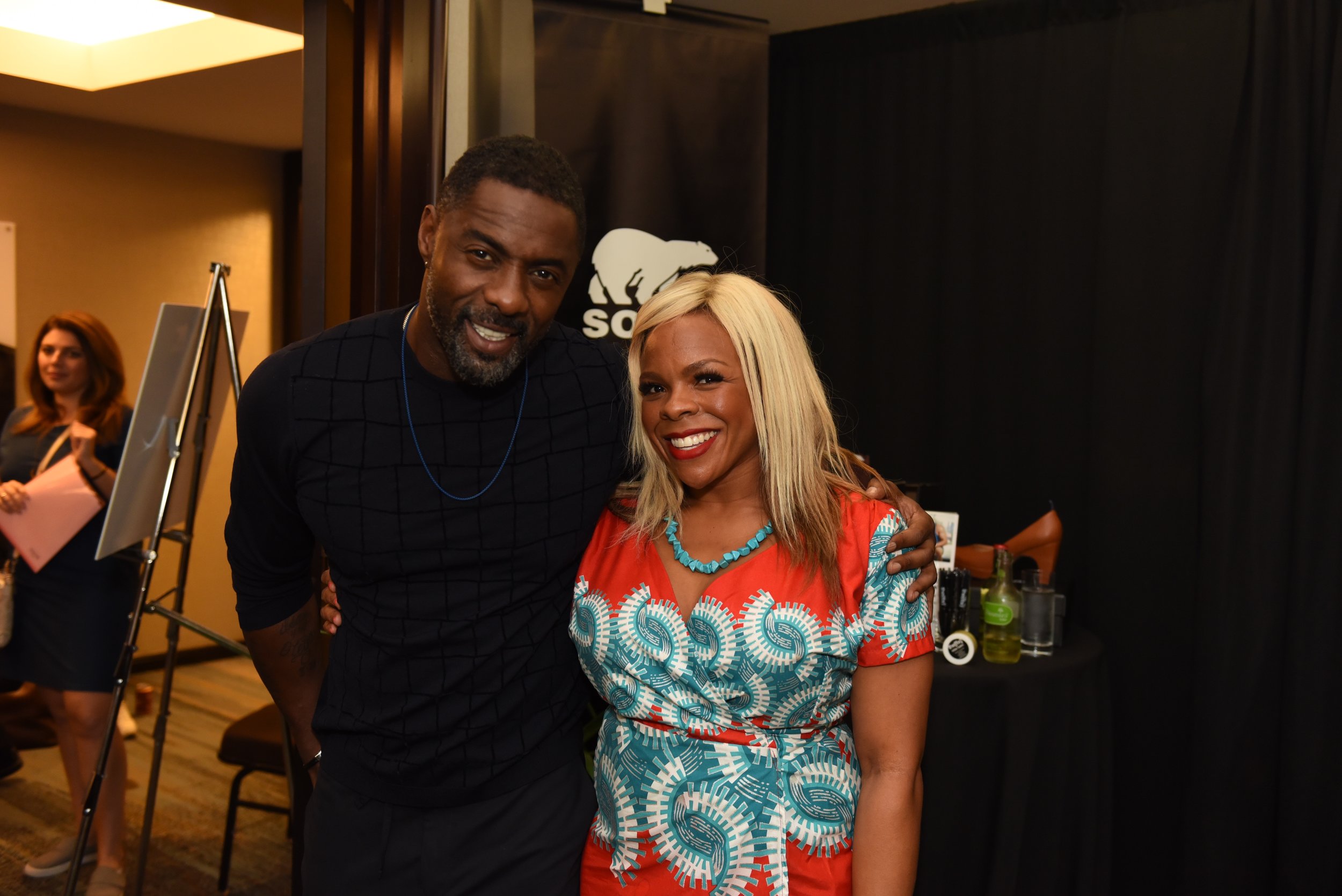


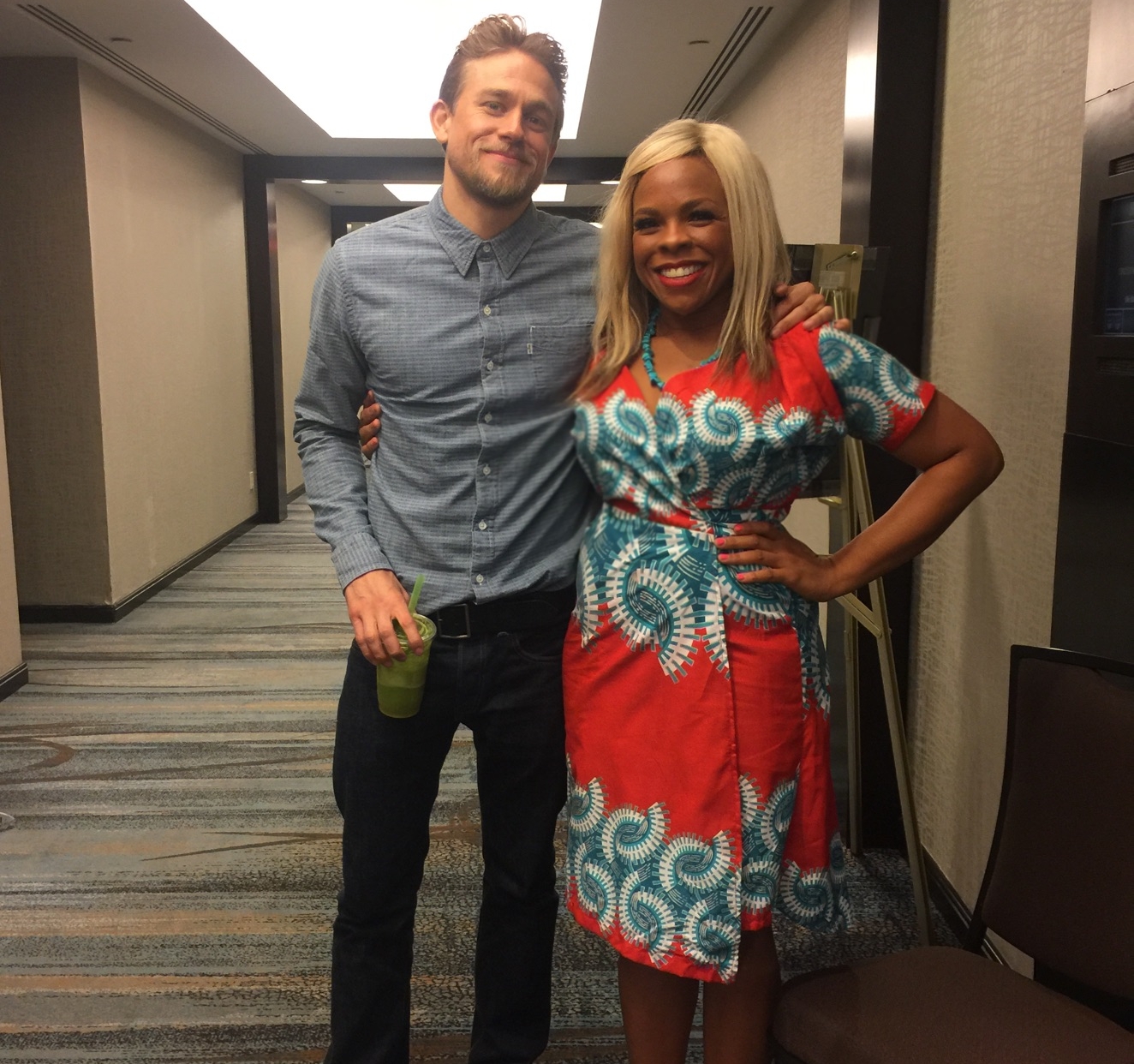
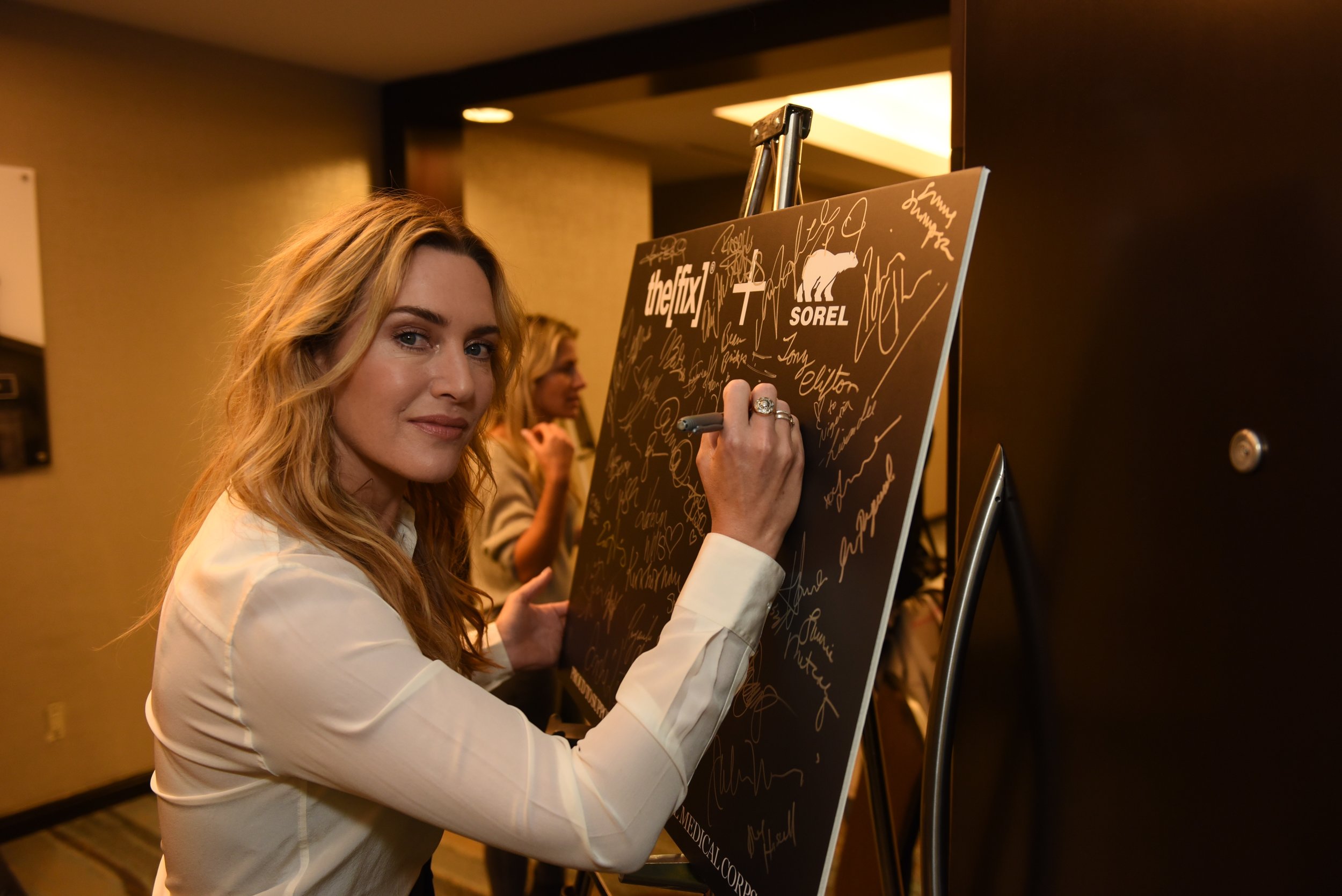

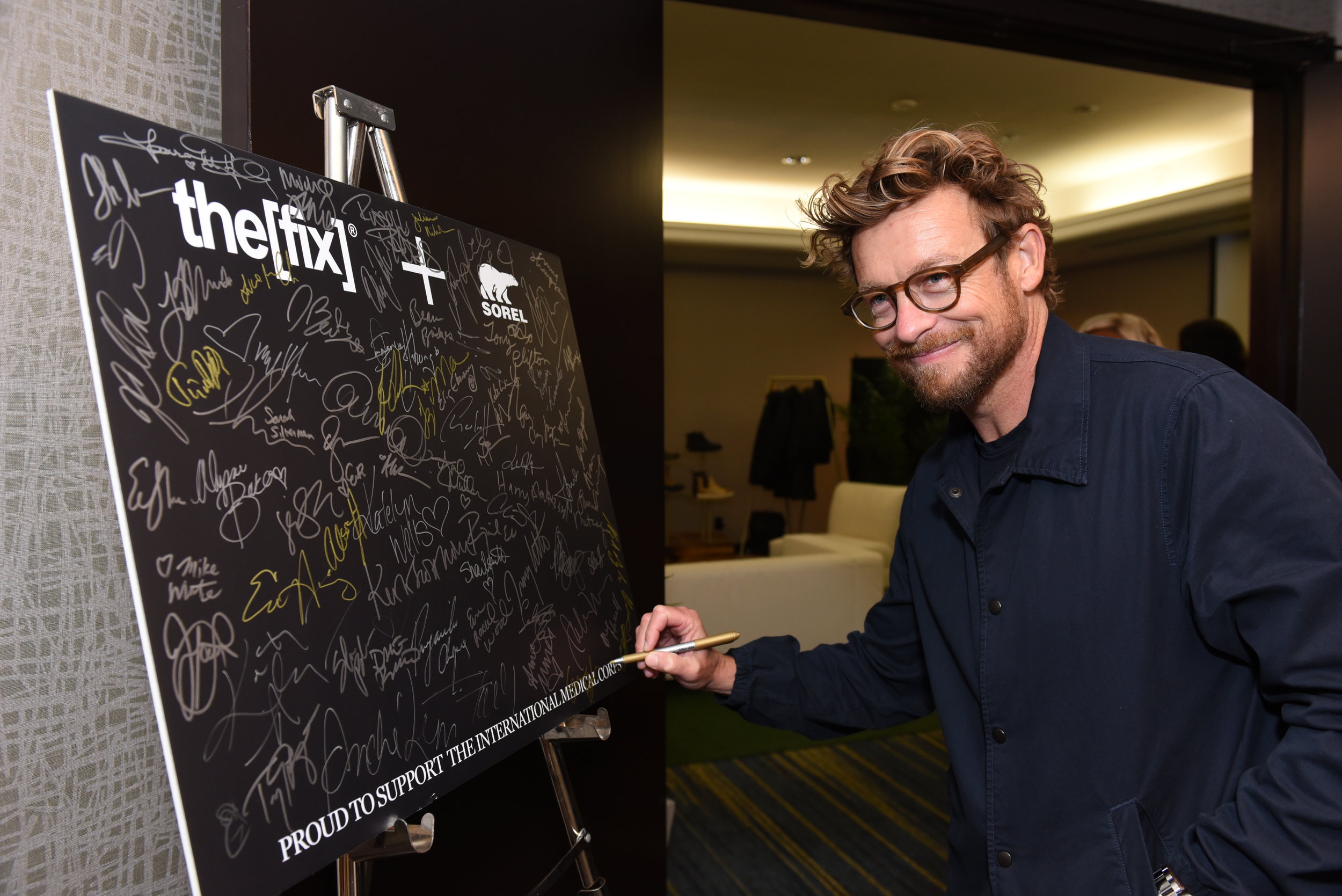
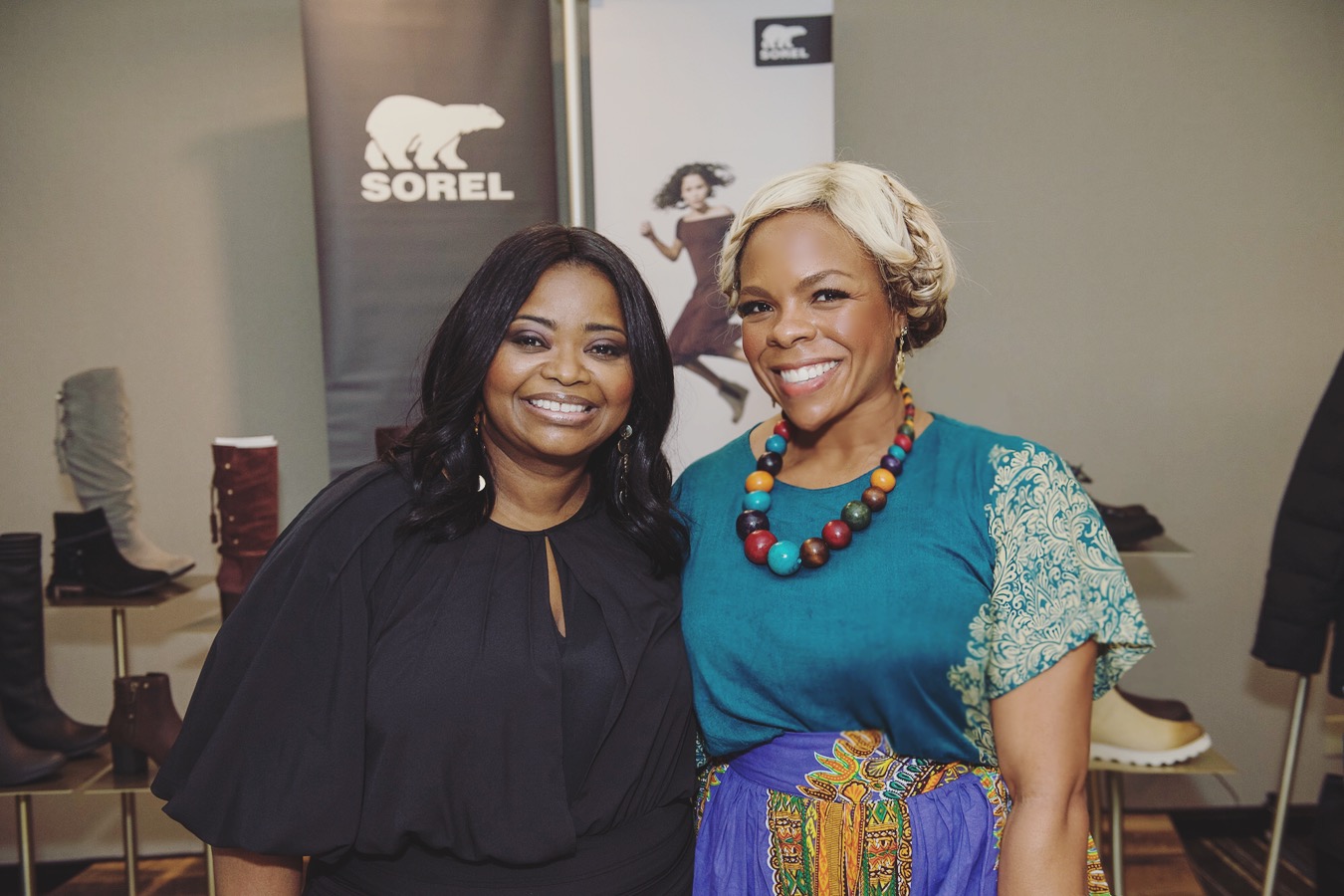
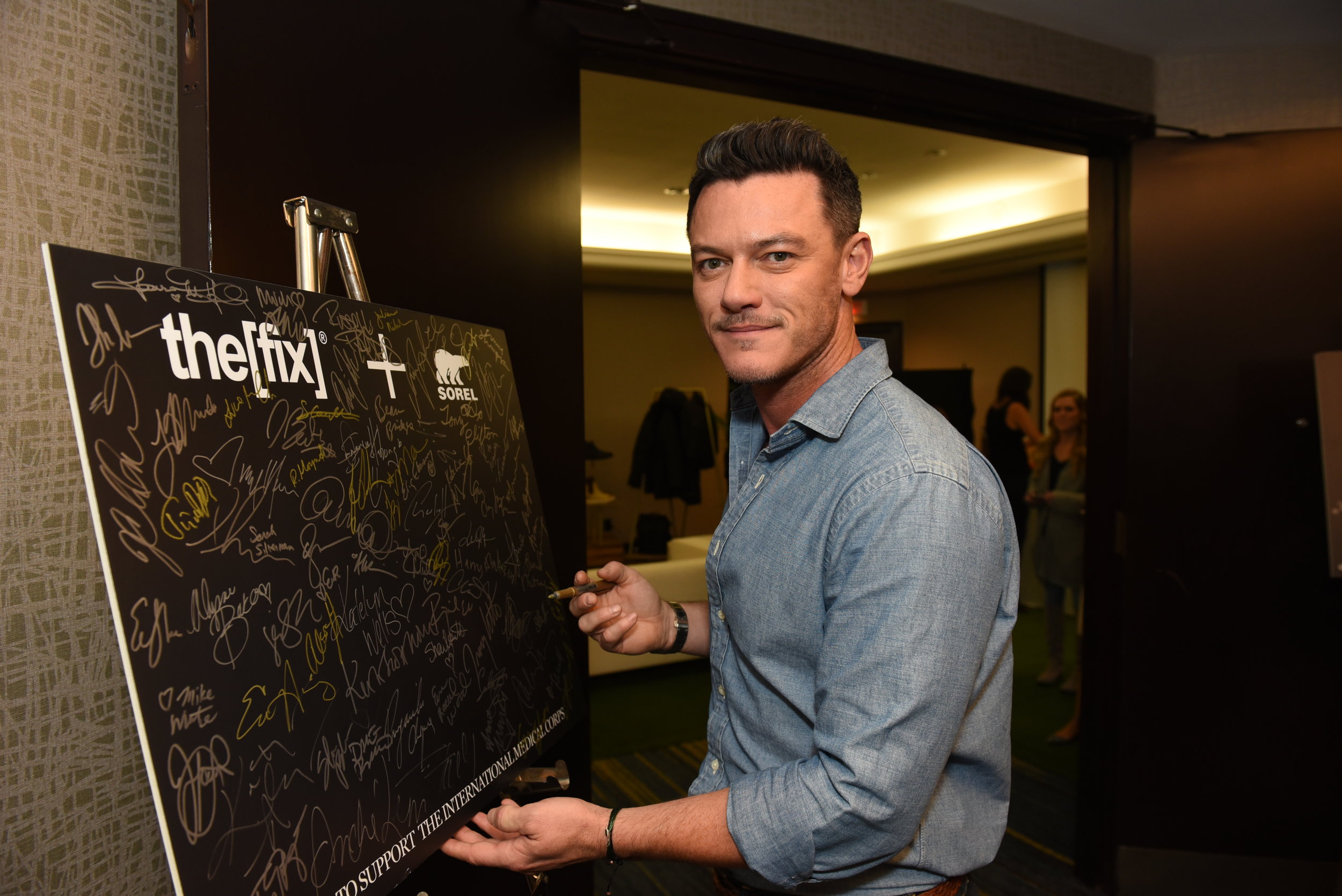

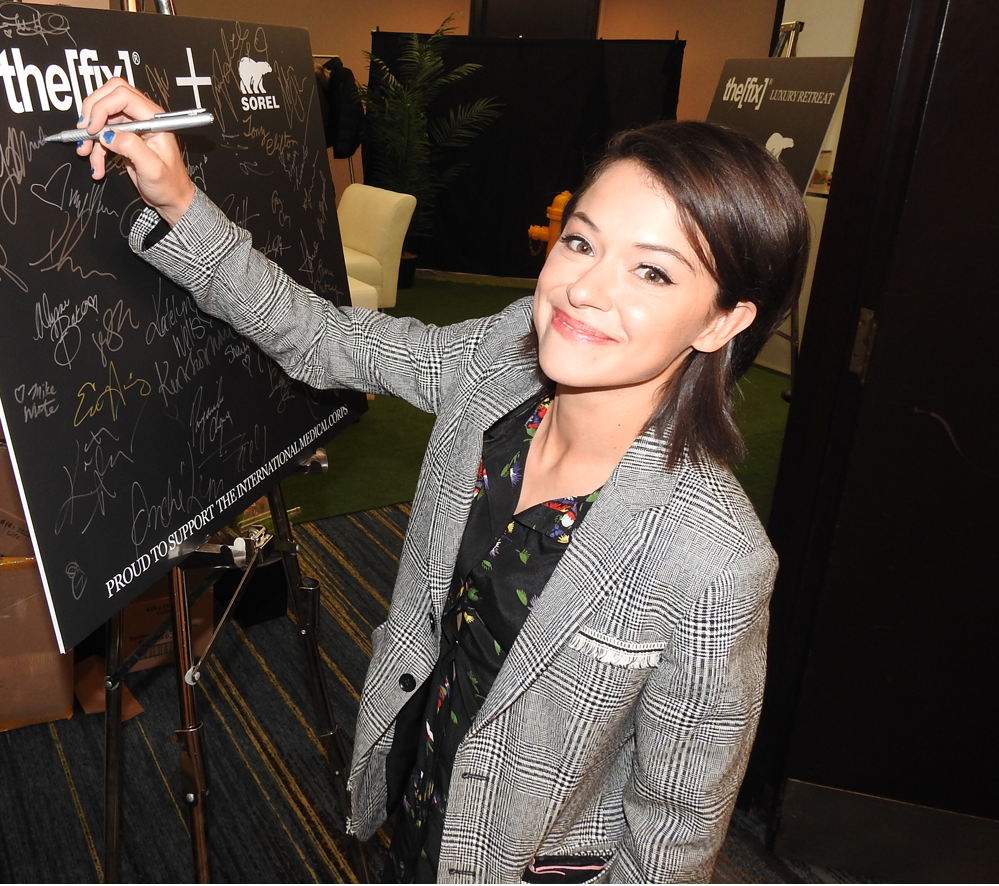
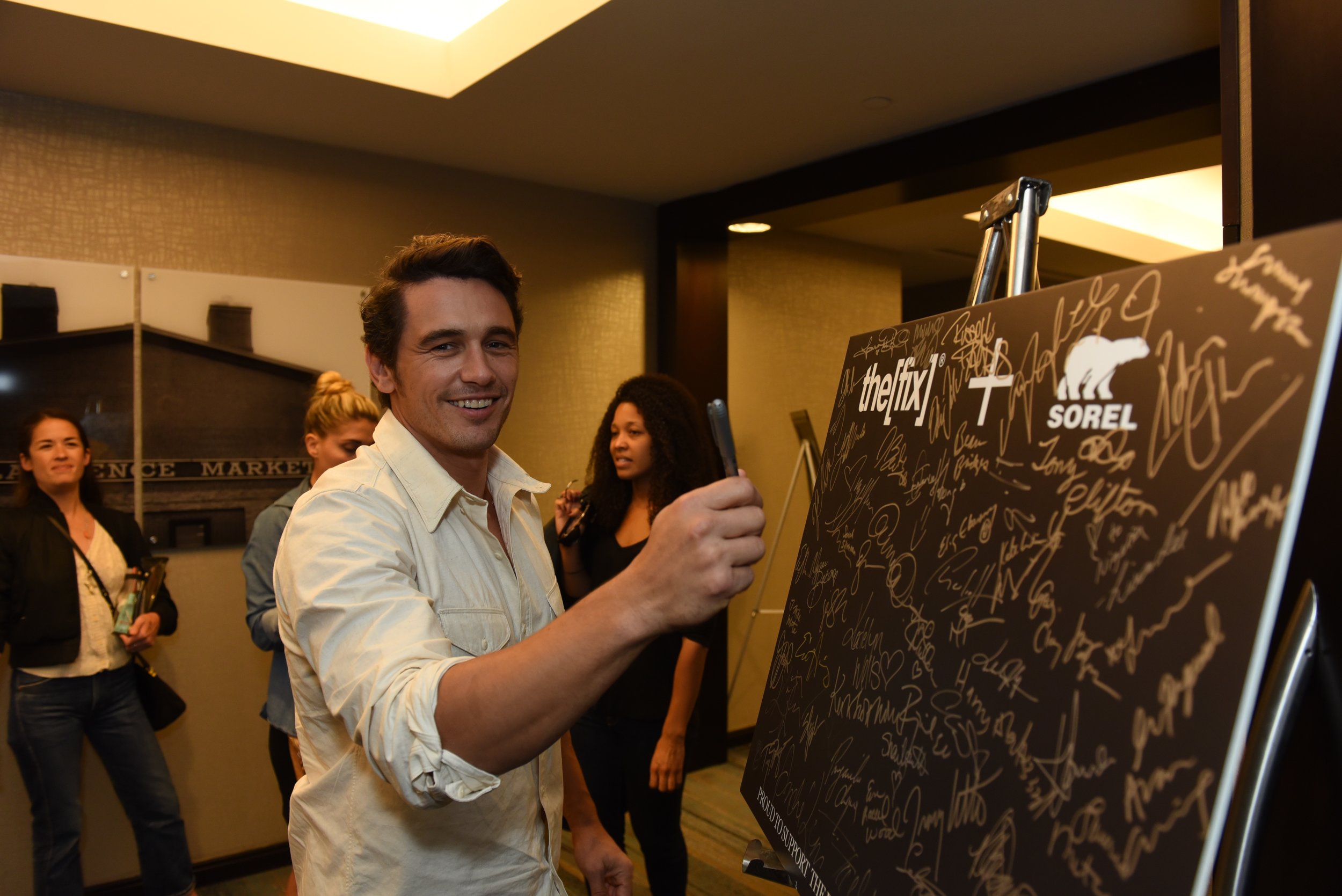
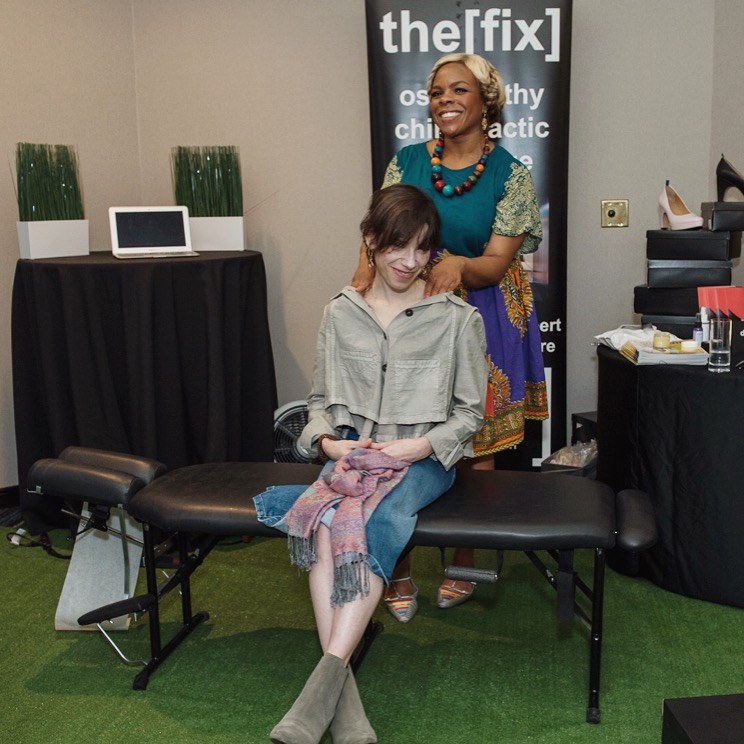
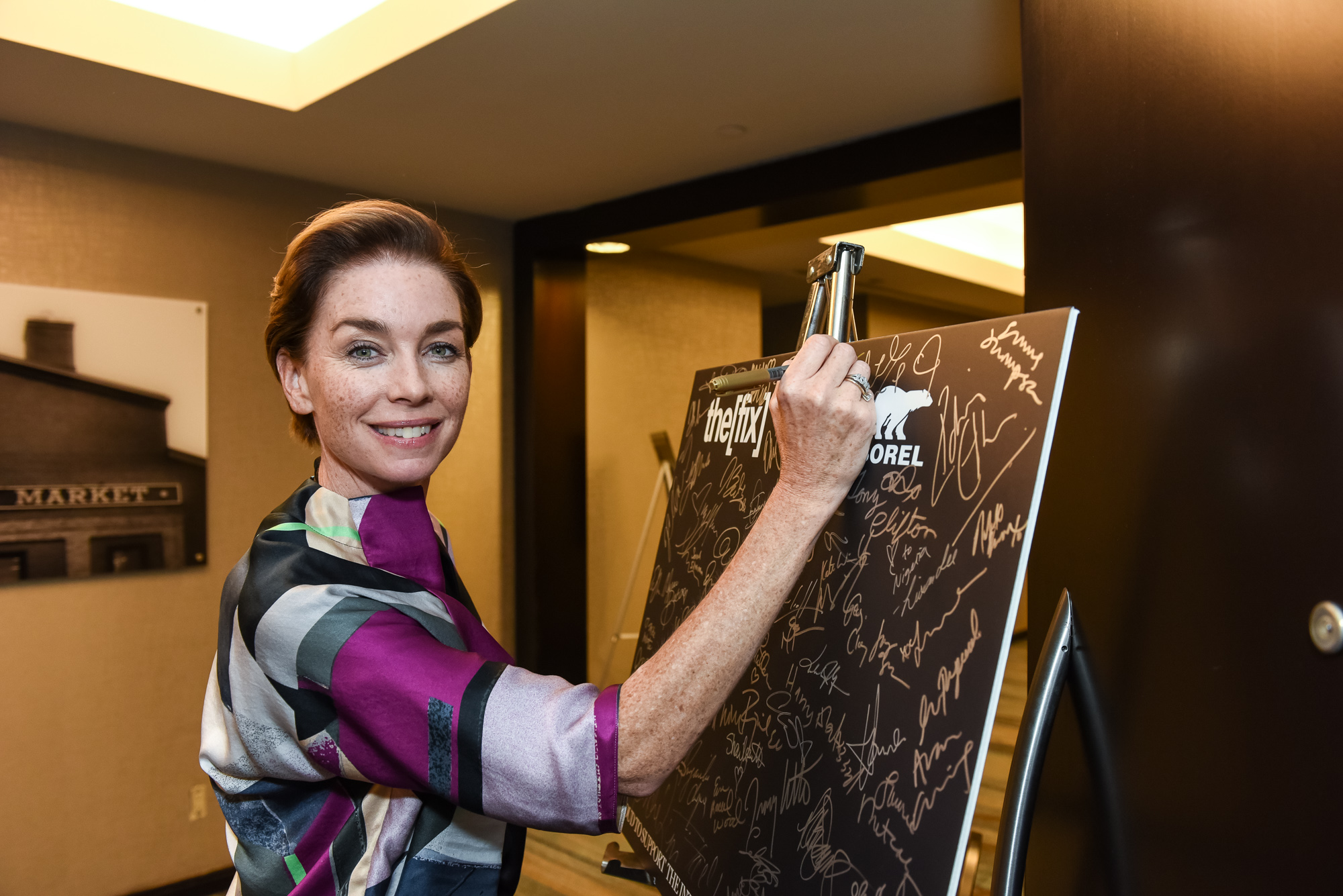
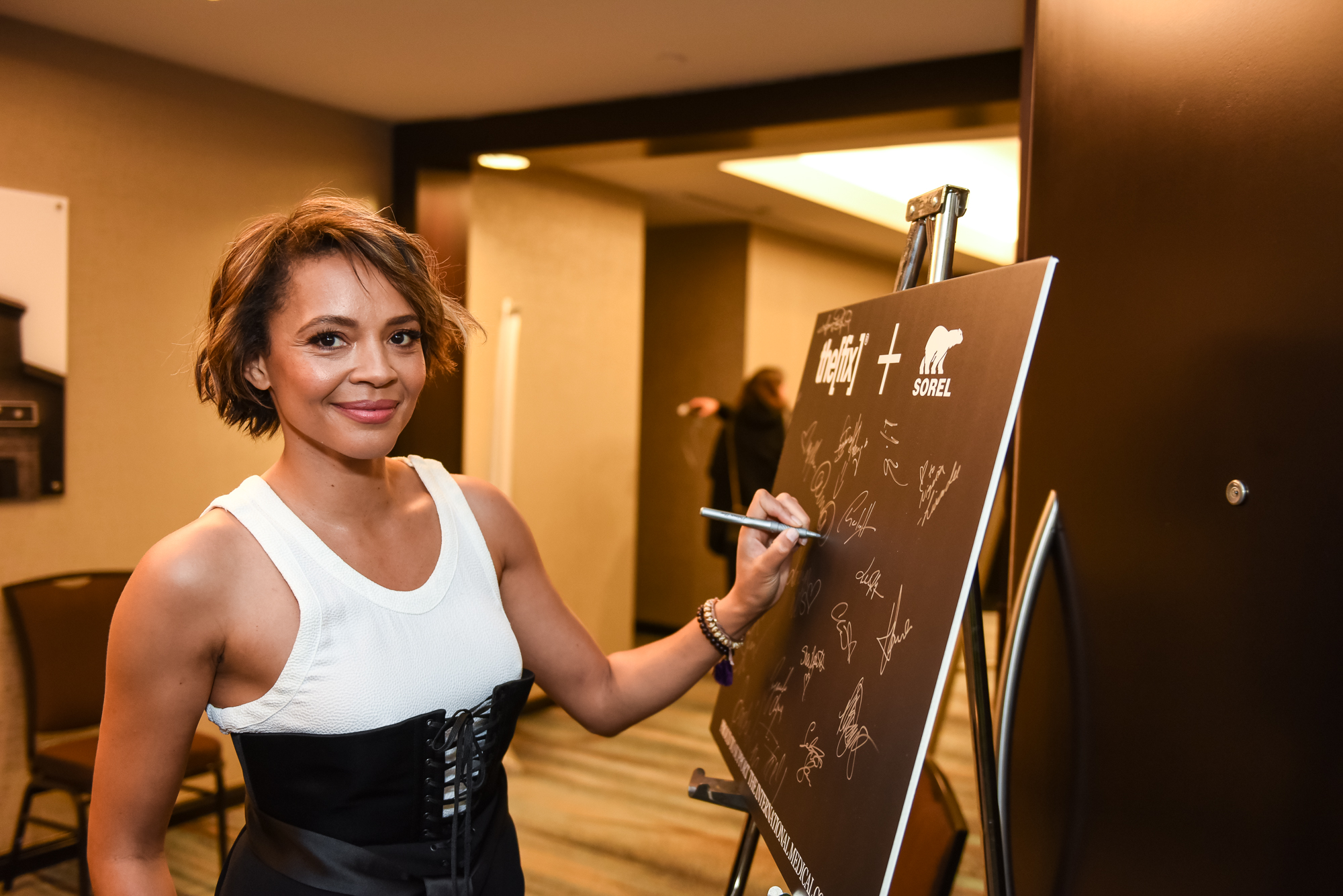

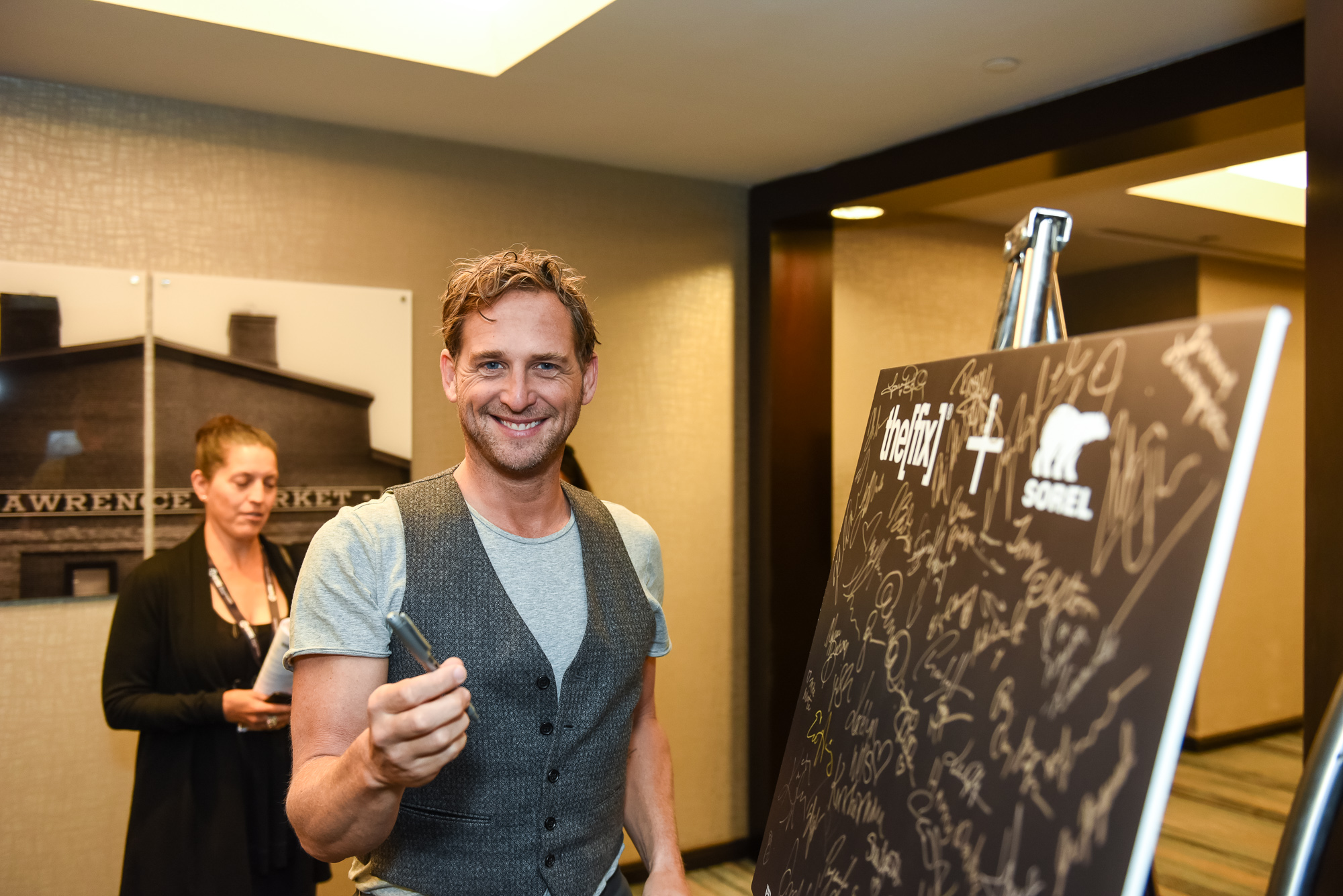


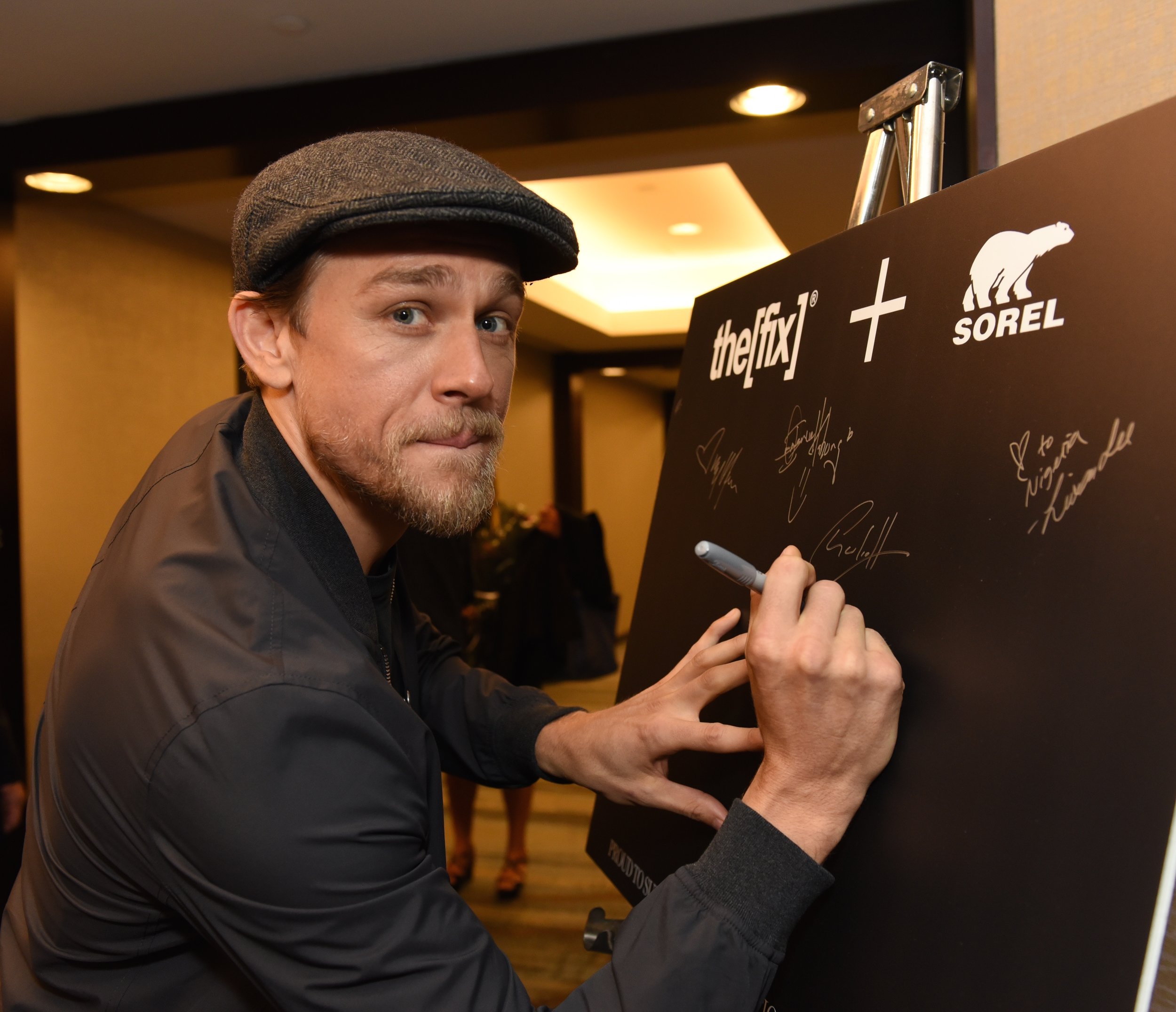
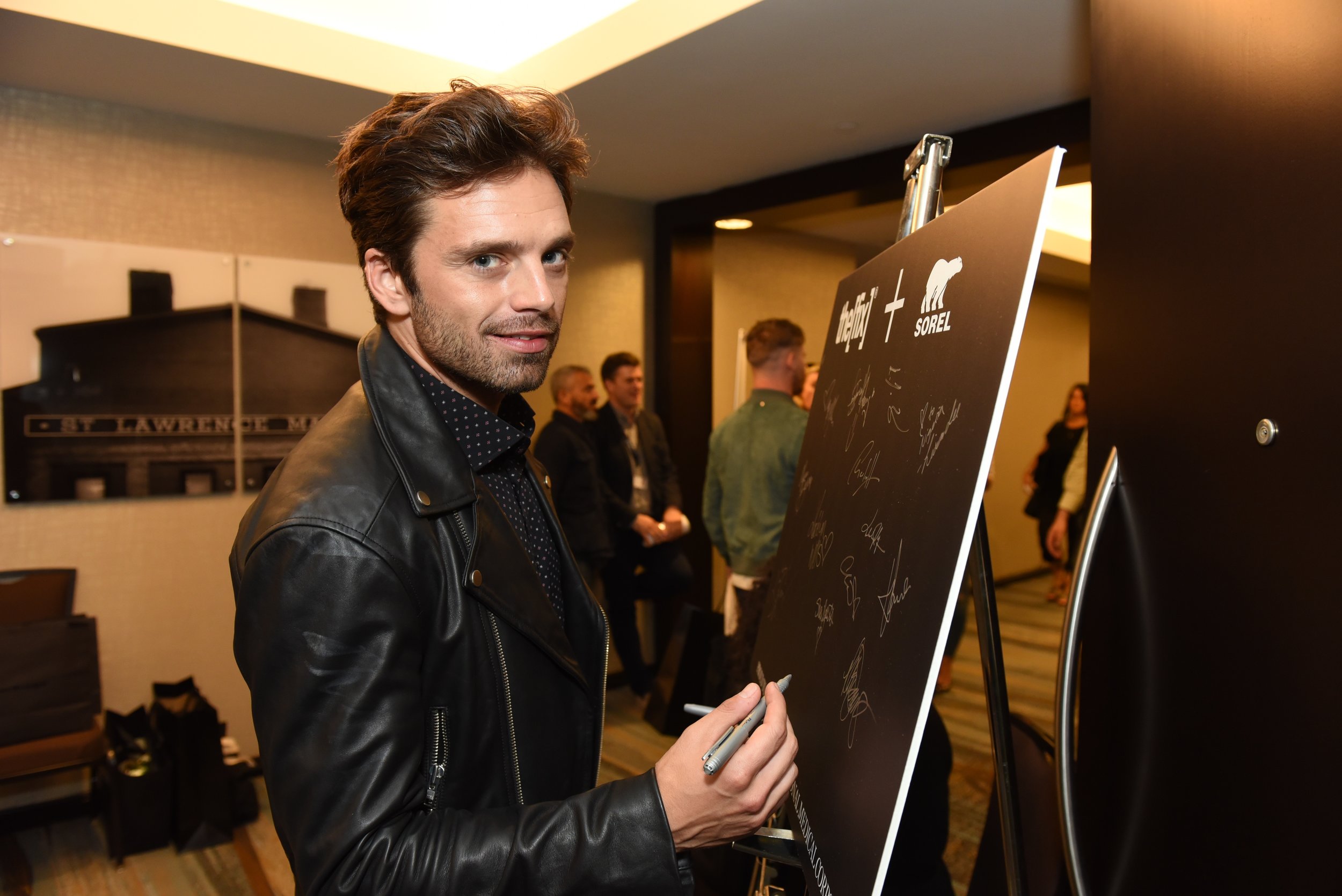
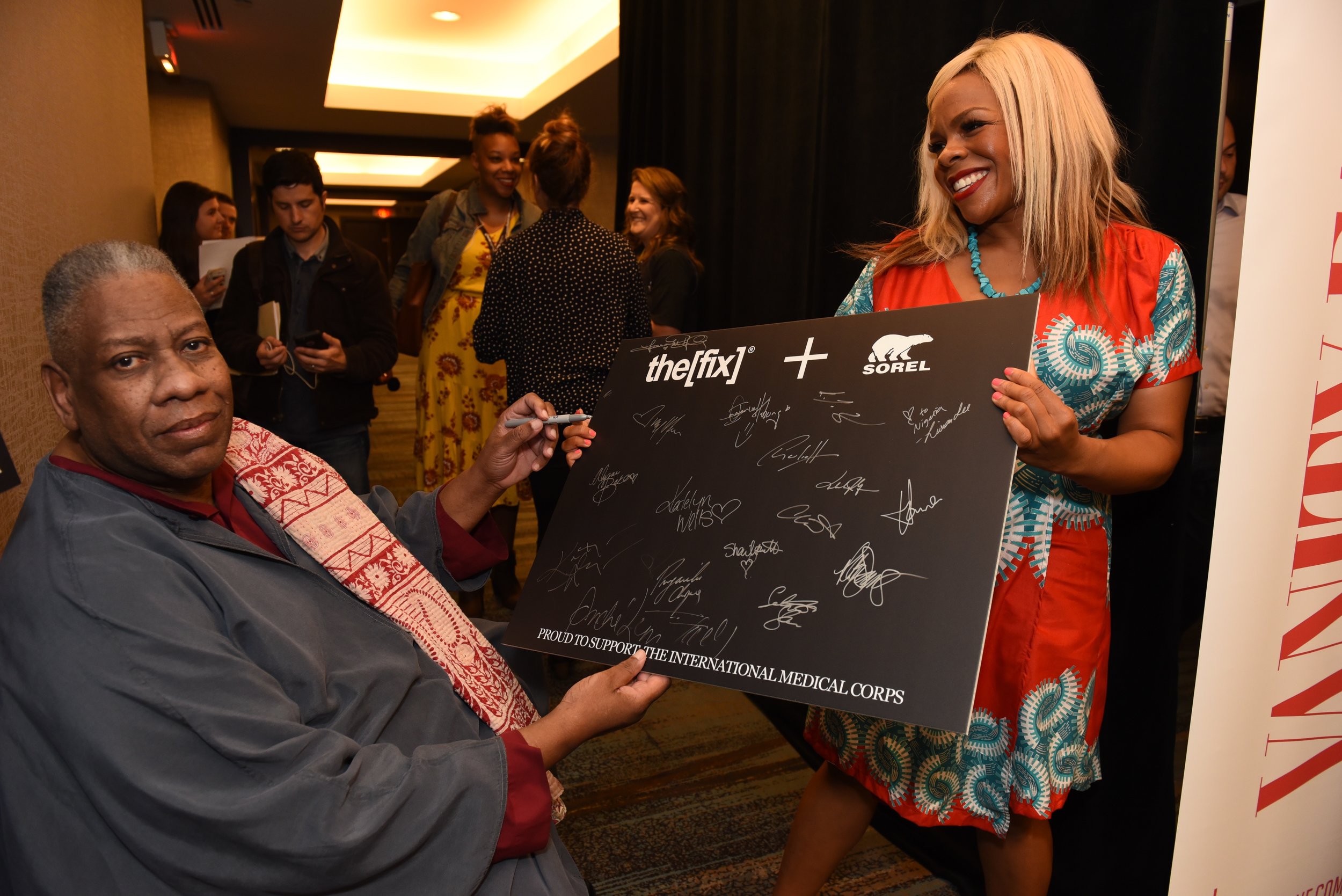


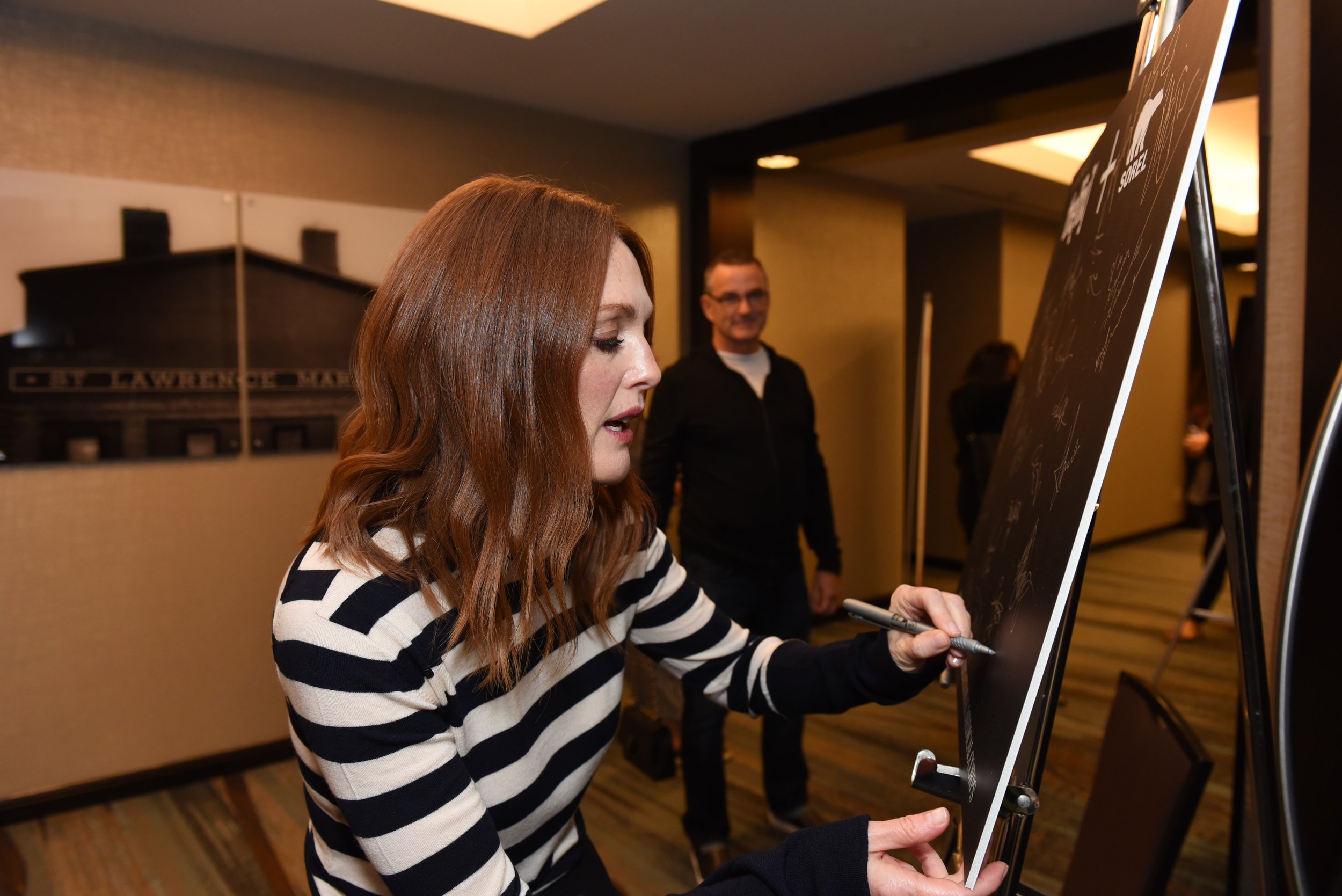





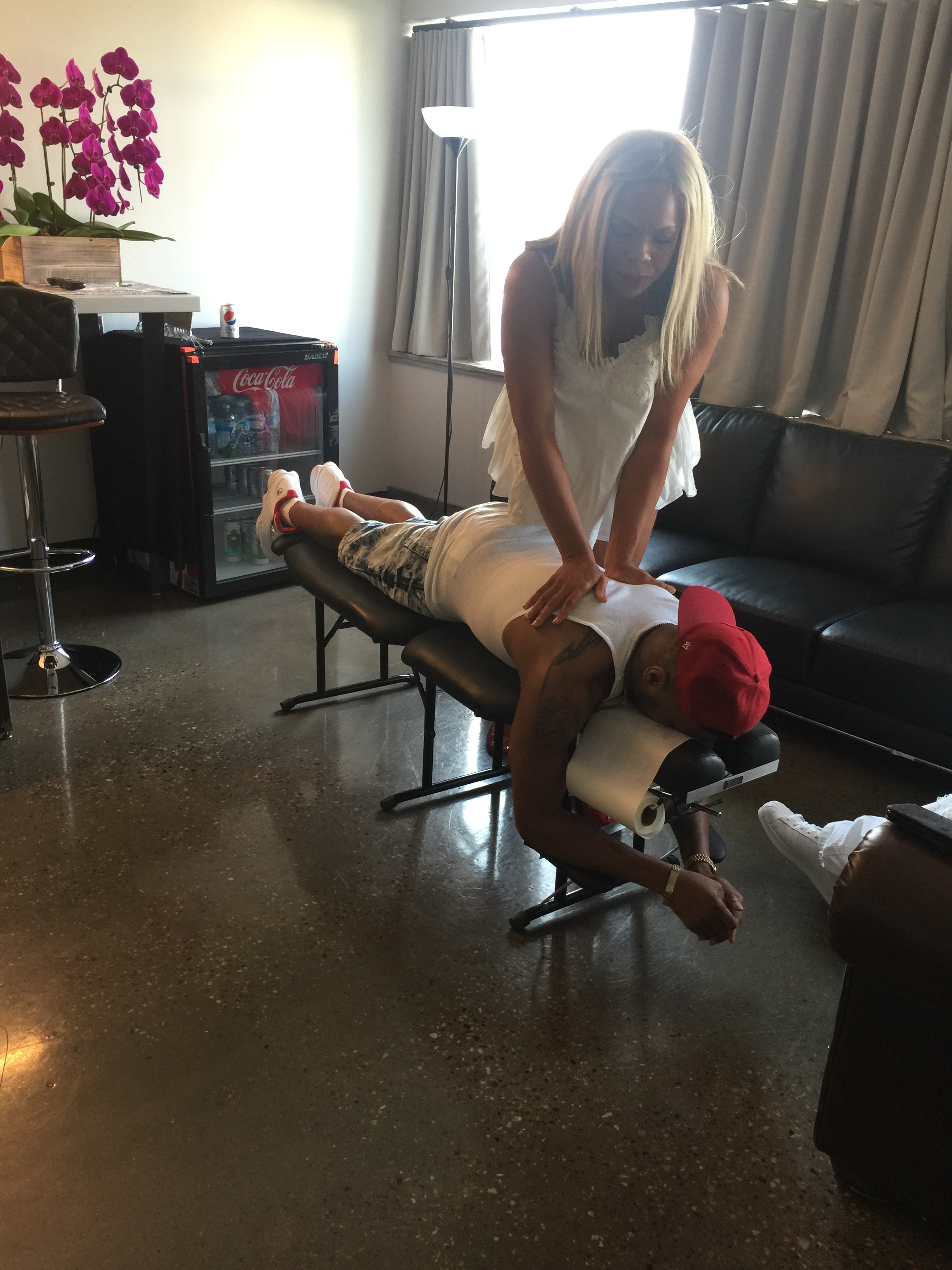

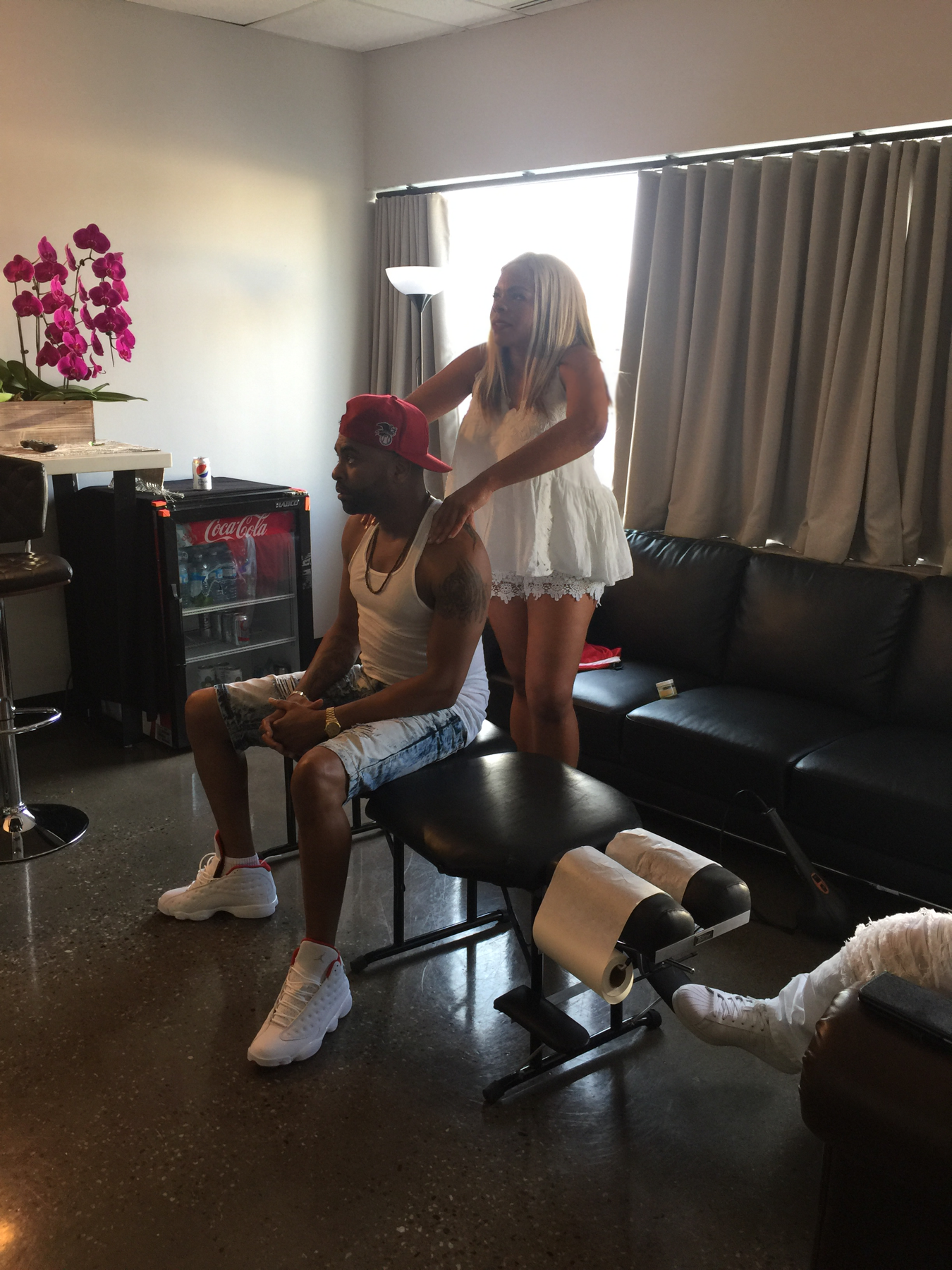
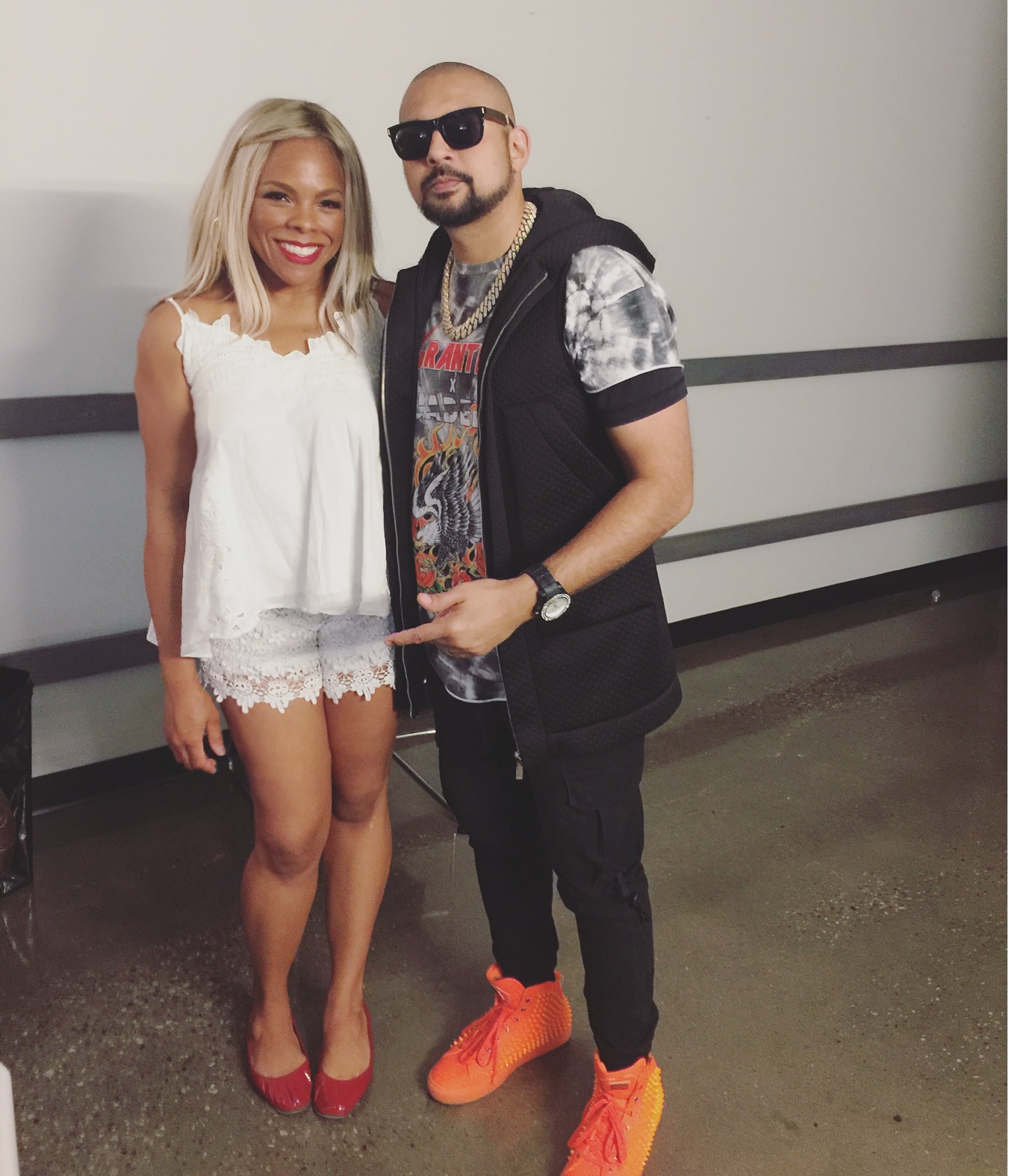

















![Join us in the concourse atrium of Scotia Plaza [40 King St. W] to try the dr. Liza pump, get complimentary shoulder massages and score some delicious candy!](https://images.squarespace-cdn.com/content/v1/55c50e43e4b03c14361fb22e/1495246403818-D0AXCWH911AU0OGXNG71/image-asset.jpeg)












